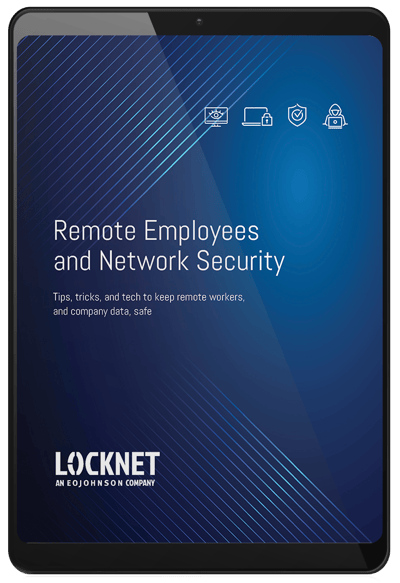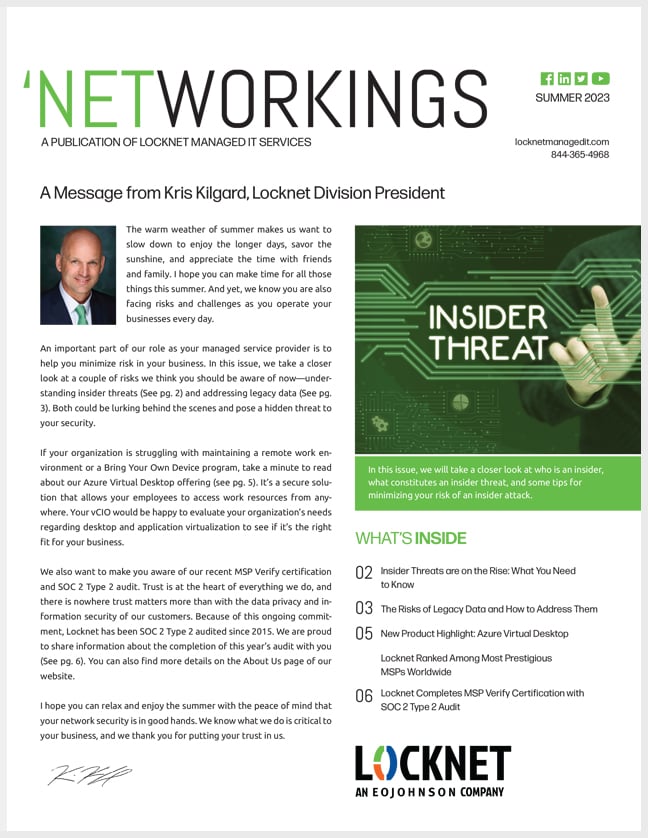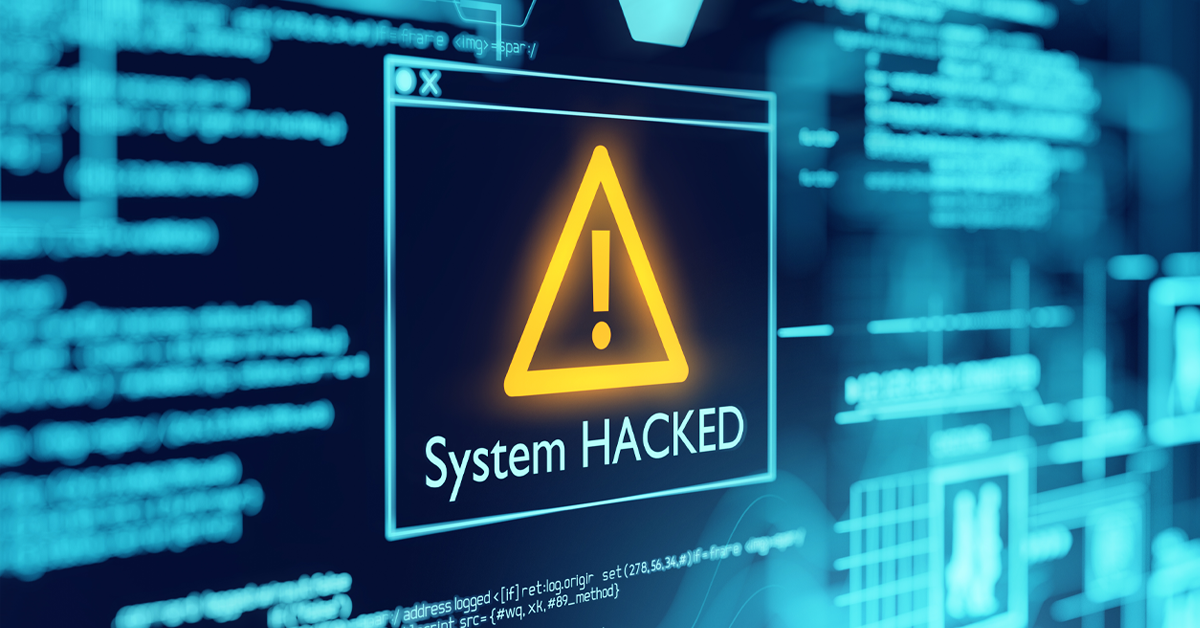Here's how to protect your schools from ransomware
In the wake of a ransomware attack last month, all Baltimore County Public Schools were forced to close their doors to limit the scope of the attack. to say the ransomware attack snarled the district's work would be an understatement. The cybercrime affected about 175 schools, and related programs, in addition to 18,000 staff and 115,000 students. It paralyzed the school system's website, email, and grading system—which left school officials to share essential communications via social media. Virtual learning was impacted, too—students and staff were asked not to log on to Baltimore City Public Schools devices or systems, then requested to only use devices issued by the schools, not their own, for distance learning.
Many schools assume ransomware is something that affects the corporate world, but the truth is, K-12 schools and all educational environments are at risk. The stakes are high: in a time when a global pandemic has already wreaked havoc on education, cyberattacks threaten to bring even the most coordinated distance learning efforts to a screeching halt. Ransomware gangs even threaten to publish data, including personally identifiable information to schools have access to. Yet, financial challenges faced by many educational institutions can prove to be a hurdle to the proper protective measures—causing decision-makers to delay protecting their essential data. The good news is, preventing a ransomware attack starts with what you know best: education.
Here are our top tips for protecting your schools from ransomware attacks
1. Perform a risk assessment and security audit.
Conducting a check-up on your network security and your school's systems overall should be a regular part of your cyber hygiene practices. An overall system assessment can pinpoint vulnerabilities that can make it easy for a cybercriminal to gain access. Then, be sure to assess the risk to your network from a big-picture perspective, examining all storage systems including cloud-based storage to ensure your data is protected. Conducting a security audit will help you look at the full spectrum of security measures you have in place. Finding the right network security partner is key, so go with an established network security provider you can trust.
2. Have the right protections in place.
Universities, school districts, and other educational institutions must protect their information systems. That requires researching which tools work best for your organization's unique needs. Creating a cybersecurity framework, as other industries which handle sensitive data do, is essential. Developing the ideal framework necessitates examining any past attacks as well as likely attacks identified during your security audit process.
3. Train all users, including staff and students.
Ransomware can be easily installed with a single click. Educating staff and students on how to avoid clicking on a link from a spam email or downloading files from suspect websites is essential. Cybercriminals have gotten sophisticated at developing emails that look legit—which is why learning to recognize potentially malicious emails and sites is so vitally important. Staff should also be trained to never click on suspicious email attachments, particularly those from email addresses or individuals they do not know.
4. Ignore suspicious requests.
Schools have access to tons of valuable data and personal information—which cybercriminals can use to compromise the district or school system and individuals. Again, this comes down to educating users: requests by email or phone should be referred to the correct people within an organization, particularly if there is a sense of urgency to them.
Need help training your users on these security issues? We're here for you and can customize a program to fit your needs. We can also assist in selecting technology that will protect your network from ransomware, hacks, and other nefarious attacks.
Schools don't have to become victims of ransomware attacks
The threat of ransomware attacks on K-12 schools and higher ed is very real, as we've learned from the recent attack on Baltimore schools. As in all schools, education is at the heart of preventing a ransomware attack. The professionals at Locknet® Managed IT are here to help. Contact a Locknet Account Executive at 844-865-4968 for a review of your school district, university, or other educational institution's ransomware protection needs.









